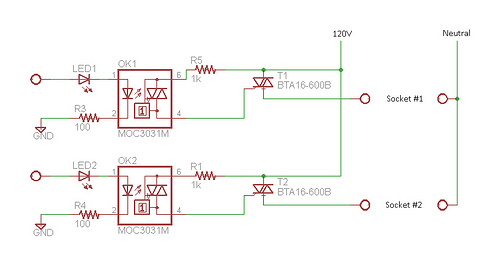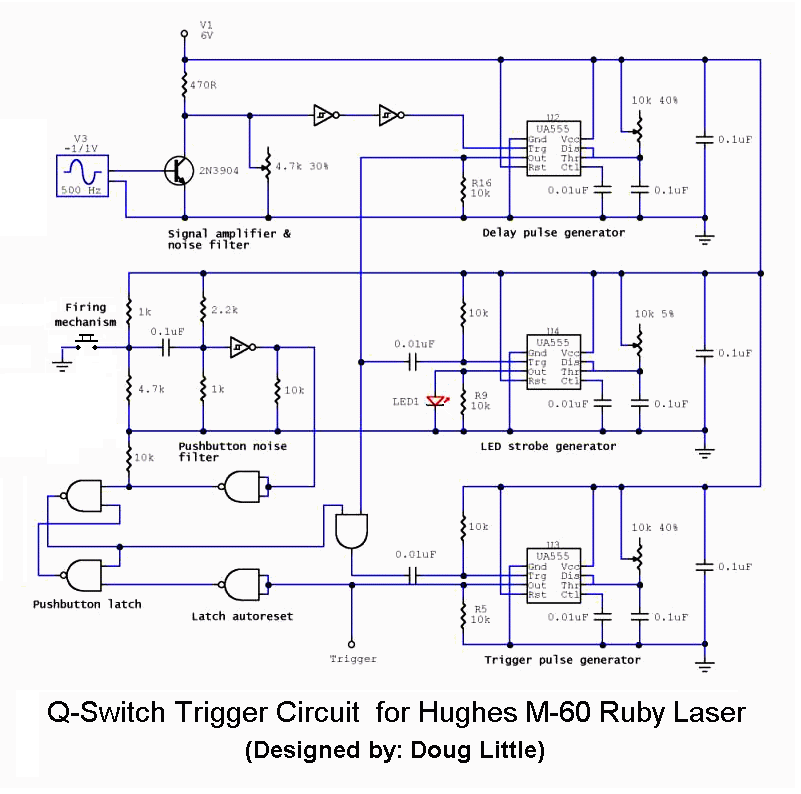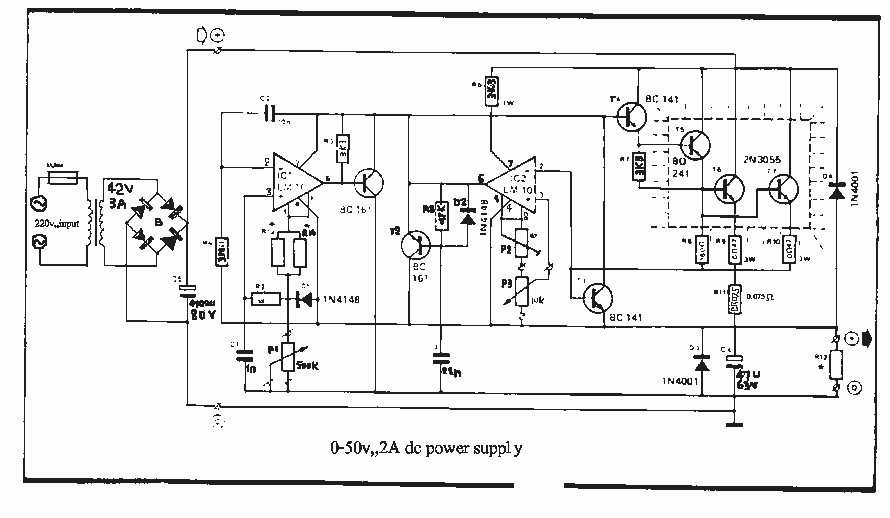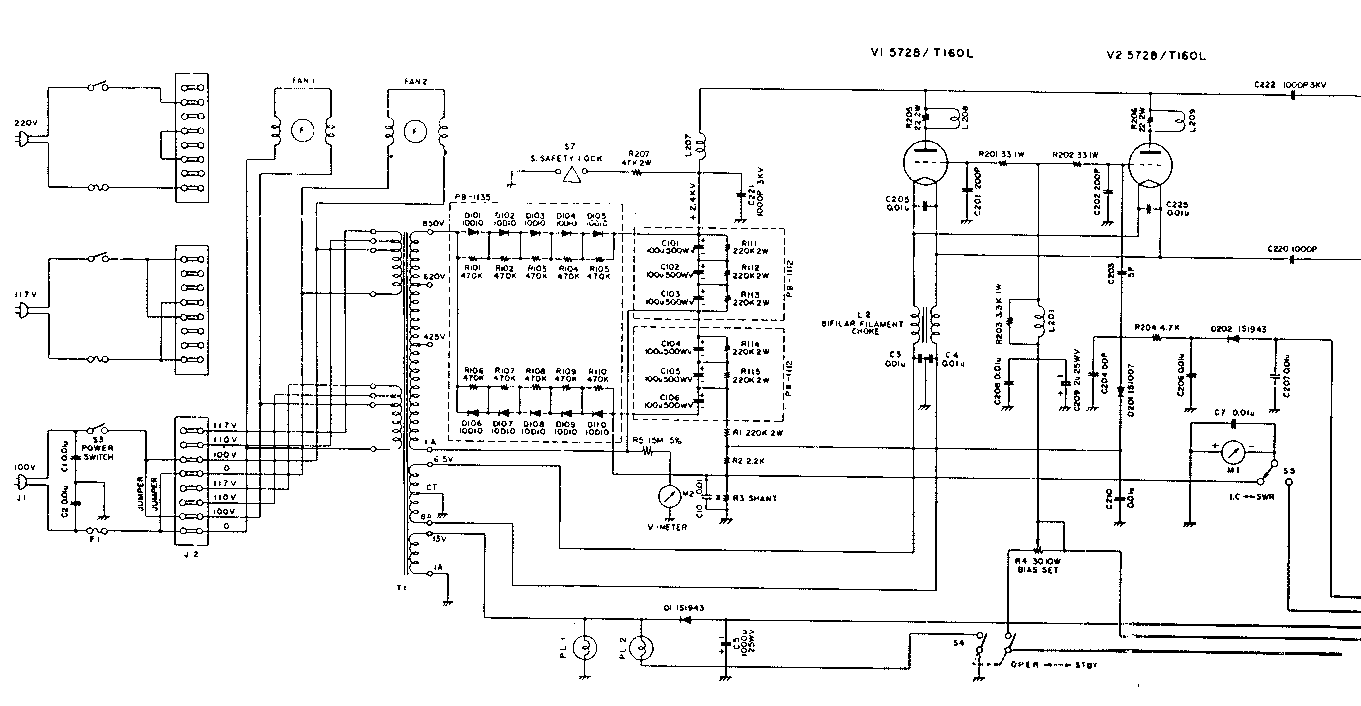
+5V Supply Circuit

The power supply presented is intended to function with a wall transformer. This circuit can be utilized alongside a variable supply for testing circuits in a laboratory setting. T2 serves as a 12-V wall transformer.
The power supply circuit is designed to convert the AC voltage from a standard wall transformer into a usable DC voltage suitable for various electronic applications. The wall transformer (T2) steps down the mains voltage to 12 volts AC, which is then rectified and filtered to produce a stable DC output.
The circuit typically includes a rectifier, often a bridge rectifier configuration, which consists of four diodes arranged in a bridge format to efficiently convert the AC voltage to pulsating DC. Following the rectifier, a smoothing capacitor is employed to filter out the ripples in the output voltage, providing a more stable DC level. The value of this capacitor is chosen based on the load current and the acceptable ripple voltage.
In addition to the basic components, a voltage regulator may be included to ensure that the output voltage remains constant despite variations in load current. This feature is particularly important in laboratory settings where precise voltage levels are required for testing purposes.
Moreover, the circuit may incorporate additional features such as fuses for overcurrent protection, indicator LEDs for power status, and adjustable resistors or potentiometers to allow for fine-tuning of the output voltage.
Overall, this power supply circuit is a fundamental component in electronic laboratories, providing a reliable source of power for testing and development of various electronic circuits. The power supply shown is designed to operate from a wall transformer. This circuit can be used in conjunction with a variable supply to test circuits in the lab, etc. T2 is a 12-V wall transformer.
The power supply circuit is designed to convert the AC voltage from a standard wall transformer into a usable DC voltage suitable for various electronic applications. The wall transformer (T2) steps down the mains voltage to 12 volts AC, which is then rectified and filtered to produce a stable DC output.
The circuit typically includes a rectifier, often a bridge rectifier configuration, which consists of four diodes arranged in a bridge format to efficiently convert the AC voltage to pulsating DC. Following the rectifier, a smoothing capacitor is employed to filter out the ripples in the output voltage, providing a more stable DC level. The value of this capacitor is chosen based on the load current and the acceptable ripple voltage.
In addition to the basic components, a voltage regulator may be included to ensure that the output voltage remains constant despite variations in load current. This feature is particularly important in laboratory settings where precise voltage levels are required for testing purposes.
Moreover, the circuit may incorporate additional features such as fuses for overcurrent protection, indicator LEDs for power status, and adjustable resistors or potentiometers to allow for fine-tuning of the output voltage.
Overall, this power supply circuit is a fundamental component in electronic laboratories, providing a reliable source of power for testing and development of various electronic circuits. The power supply shown is designed to operate from a wall transformer. This circuit can be used in conjunction with a variable supply to test circuits in the lab, etc. T2 is a 12-V wall transformer.





